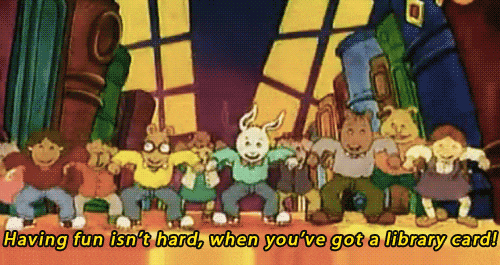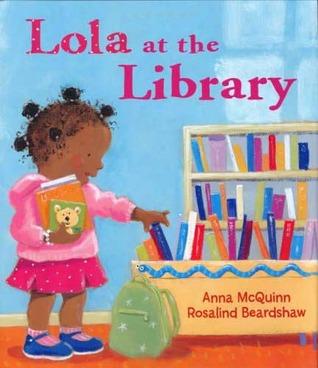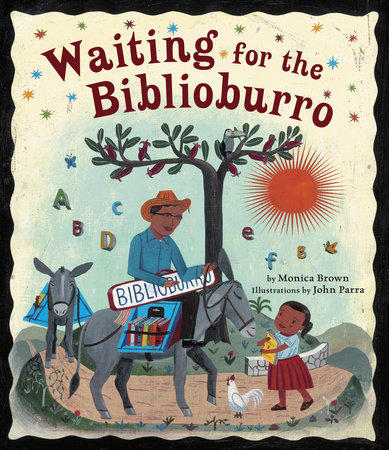
Section Branding
Header Content
Public Libraries Are Still Important
Primary Content

Visiting the public library is truly an invaluable experience for many American citizens. Public Libraries can spark heavy doses of nostalgia from past experiences: including searching for books, flipping through magical golden pages, attending events, renting tapes and DVDs, getting your library card, and using it to check out books while getting them stamped as a right of passage into independence.
But presently, we live in a digital world of convenience with virtual platforms for community engagement, internet search engines, media streaming platforms, and digital and audible books. One may ask, what is the current day significance of a public library? Here are four reasons why public libraries are vitally important and why we should continue to patronize them.
Free Ninety-Nine
In a society where the cost of living continues to rise, public libraries remain one of the few free spaces that provide public resources catering to the most diverse demographics: toddlers, people facing housing insecurity and unemployment, people with disabilities, students, senior citizens, educators, parents, and caregivers. In public libraries, no matter where you come from or your social-economic status, you can access countless resources and services free of charge.
Public libraries receive most of their funding from the local (city, county, and district) government and smaller portions from the state and federal government.
Educational Support
Public libraries offer more than book rental services. Additionally, they offer vitally essential resources used for educational purposes such as 1) Technological: High-speed internet access, computers, e-books, printers, and other tech gadgets 2) Educational Entertainment: films, games, and music, 3) One-on-One and group services: literacy and homework support, story-time, and afterschool and summer learning programming, teen spaces and study rooms, job training, and other employment services.
At the beginning of the pandemic, schools transitioned into virtual instruction, and most public institutions were physically closed. Many families did not have technological resources such as wifi access - Libraries served in unprecedented capacities. Many libraries provided free supplies, book bundles, curbside assistance, and wifi access.
Resilient History
Public libraries are a part of the American social infrastructure promoting self-development, intellectual, social, and political empowerment. Although public libraries are free and accessible to all, they have not always been. One of the early social libraries in America was founded in 1731– Ben Franklin's "Library Company." The Library Company was created to share and trade books exclusive to upper-class white men. Black literary societies began emerging in the early 1800's beginning primarily with African American men and eventually growing into more unisex and other gender-specific groups. Members paid dues and met regularly to encourage and improve reading, writing, and speaking skills. Black literacy societies created their own agendas for social justice and human rights rather than waiting for legislative powers to grant them equal rights. (Aberg-Riger, 2019)
In 1896 the National Association For Colored Women's Club (NACWC) was formed. They delivered books for children and communities in rural areas that could not access major cities. They invented the "Bookmobile" and regularly traveled to rural regions by car, horse, and buggies. They continued to advocate for better quality and more democratic public libraries. Their advocacy and public service serve as the blueprint for public libraries today. (Aberg-Riger, 2019)
Public library spaces emerged and yet remained segregated for decades. After much advocacy, library spaces became integrated but remained discriminatory towards black patrons. Freedom fighters continued to protest for years, and the Civil Rights Act of 1964 outlawed discriminatory practices in public spaces.
The plight towards democratic public libraries with quality services and resources was extraordinarily long and sacrificial.
Building and Sustaining Healthy Communities
According to the American Library Association (ALA), there are more American public libraries than Starbucks (more than 17,000). These libraries serve as community hubs that support and empower local community members' social, political, and personal well-being. A study conducted by the pew research center found that eight-in-ten adults (78%) feel that public libraries help them find trustworthy and reliable information, and 76% say libraries help them learn new things. Libraries serve as refuges providing safe shelter from open to closing hours for vulnerable populations such as children and those facing housing insecurities. They also preserve and house historical records available to the public. Social services, health information, and programs are often facilitated and hosted at public libraries. These programs offer free workshops, training, and information that targets vulnerable populations such as senior citizens, language learners, those seeking employment, people with disabilities, people experiencing mental or physical health challenges. Lastly, public libraries help communities practice reducing, reusing, and recycling. Public library resources are rentable; therefore, community members can cut back on personal carbon footprints by buying fewer products and reusing and sharing those offered from the library.
The public library is a space where diverse people come together and feel safe, supported, and empowered.
Children's Books
(Check your local library for these books)
The Librarian of Basra: A True Story from Iraq

In the Spring of 2003, Alia Muhammad Baker was the city of Basra's real-life librarian. She was the keeper of cherished books, and her library was a haven for community gatherings. But with war imminent in Basra, Iraq, what could this lone woman do to save her precious books?
This true story of one librarian's remarkable bravery reminds us all how, throughout the world, the love of literature and the respect for knowledge knows no boundaries.
Lola at the Library (Lola Reads)

Learn about the library, checking out books, and story time with Lola. Every Tuesday Lola and her mommy go to the library. Lola meets her friends there. They share books and don't have to be quiet all the time. The nice librarian tells stories. There is a big machine that buzzes Lola's books in and out, and she can take any books she wants home with her. Lola and her mommy always stop for a treat on the way home. No wonder Lola loves the library.
This gentle story of growing with books encourages little ones to discover the joy of reading as well as getting them ready and excited to visit the library.
Waiting for the Biblioburro

Ana loves stories. She often makes them up to help her little brother fall asleep. But in her small village, there are only a few books and she has read them all. One morning, Ana wakes up to the clip-clop of hooves, and there before her, is the most wonderful sight: a traveling library resting on the backs of two burros‑all the books a little girl could dream of, with enough stories to encourage her to create one of her own.
CALL TO ACTION
One of the best ways to keep public library doors open is to support and patronize them. If you haven't already, allow this to be a reminder to exercise your right to attain or renew your public library card. Librarians are the unsung heroes of public library services - The next time you see one, thank them.
If you are unsure where to locate your local public library, please visit this website.
References:
Aberg-Riger, A. (2019). A History of the American Public Library A visual exploration of how a critical piece of social infrastructure came to be. Retrieved 17 January 2022, from https://www.bloomberg.com/news/articles/2019-02-19/how-american-cities-…
Aberg-Riger, A. (2019). A History of the American Public Library A visual exploration of how a critical piece of social infrastructure came to be. Retrieved 17 January 2022, from https://www.bloomberg.com/news/articles/2019-02-19/how-american-cities-…
Aberg-Riger, A. (2019). A History of the American Public Library A visual exploration of how a critical piece of social infrastructure came to be. Retrieved 17 January 2022, from https://www.bloomberg.com/news/articles/2019-02-19/how-american-cities-…
Secondary Content
Bottom Content





